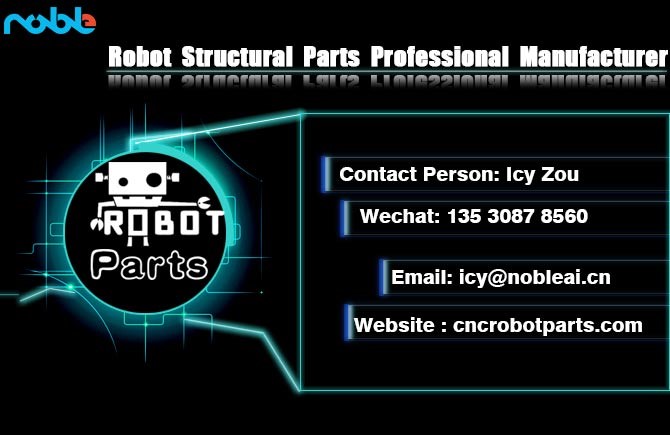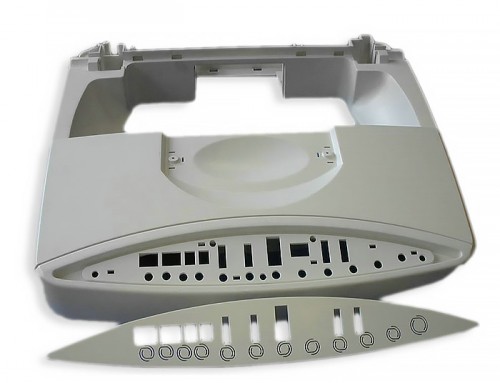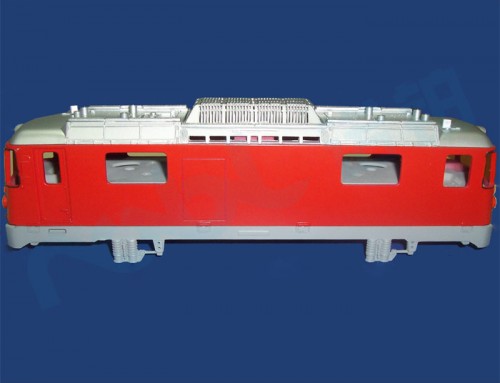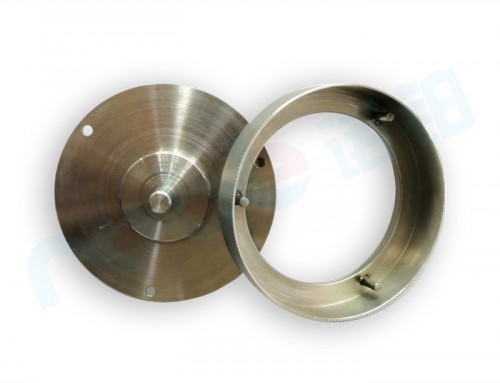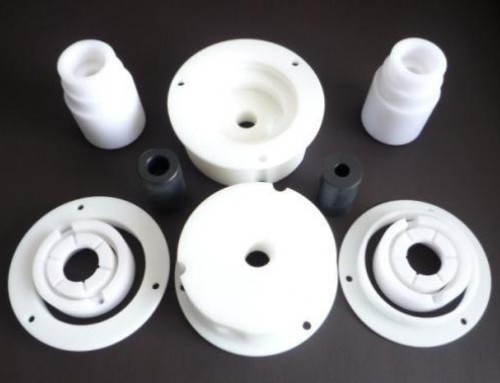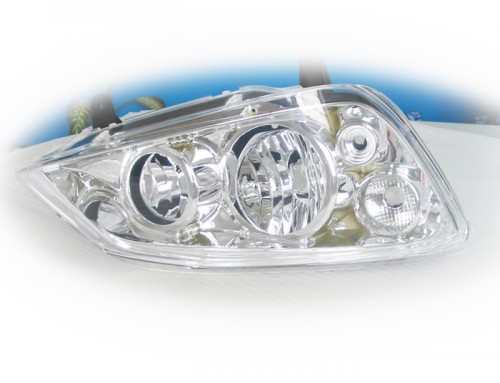The knife is the most important operation of the machining center on the knife steps, the accuracy of which will directly affect the accuracy of machining parts. The knife method must be compatible with the parts machining accuracy requirements. This article systematically describes the CNC milling machine (machining center) the common method of using the knife and its advantages and disadvantages, have some practical value. The purpose of tool setting is to determine the position of the origin (program origin) of the workpiece coordinate system in the machine coordinate system with a tool or tool setting tool and input the tool setting data to the corresponding memory location or set by G92 command. It is the most important operation of CNC machining, the accuracy of which will directly affect the machining accuracy of the part.
First, the machining center on the knife step – the positioning and clamping of the workpiece (preparation before the knife)
Commonly used in CNC milling machine with flat nose pliers, indexing head, jaw self-centering chuck and platform fixtures, etc., economical CNC milling machine clamping is generally used flat jaw clamp workpiece. Install the flat-nose pliers on the center of the working table of the milling machine, look for positive and fixed flat-nose pliers, and put the workpiece into the workpiece according to the height of the workpiece after placing the horn with the right shape and good surface quality into the jaws of the flat-nose pliers. The datum surface of the workpiece faces down and against the horn face, then tighten the flat nose pliers.
Second, the machining center tool steps – the knife point, the tool change point to determine (1) the knife point to determine the knife point is the workpiece positioning fixture on the machine, used to determine the workpiece coordinate system in the machine coordinate system position The benchmark. The tool setting point can be selected on the workpiece or on the clamping positioning element. However, the alignment point between the tool setting point and the workpiece coordinate point must have an accurate, reasonable and simple position correspondence to facilitate the calculation of the position of the origin of the workpiece coordinate system on the machine tool. In general, the best tool-point coincides with the origin of the workpiece coordinate system.
(2) the determination of tool change point
In the use of a variety of tool processing milling machine or machining center, the workpiece machining often need to replace the tool, tool change point should be based on tool change tool does not meet the workpiece, the fixture and the principle of the machine.
Third, the machining center on the knife steps – common knife method The knife operation is divided into X, Y to the knife and Z to the knife. Accuracy of the knife will directly affect the accuracy of processing. The knife method must be compatible with the parts machining accuracy requirements.
According to the use of the knife tool is different, the knife method is divided into the following categories: (1) test cut method; (2) feeler, standard mandrel and block rules on the knife method; (3) Edge, eccentric rod and Z-setter and other tools on the knife method; (4) the top of the knife method; (5) dial indicator (or dial indicator) method; (6) dedicated knife on the knife law. In addition, according to the choice of knife point location and data calculation method is different, but also can be divided into unilateral knife, bilateral knife, transfer (indirect) on the knife method and the “points to zero” knife method (requires the machine must have relative Coordinates and clear function) and so on.
